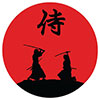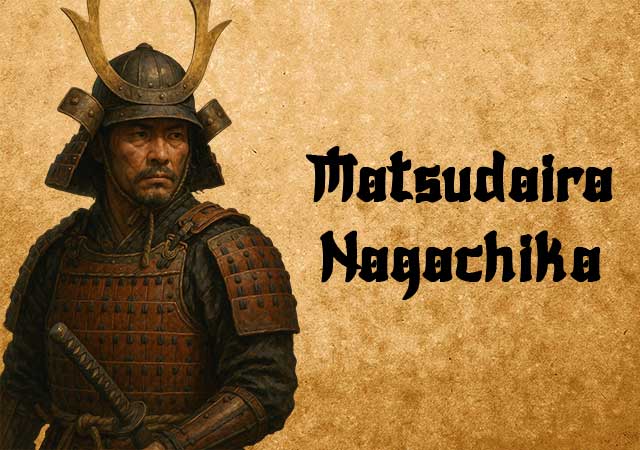
Matsudaira Nagachika (1473–1544?) was a daimyō of Japan’s Sengoku period and the third son of Matsudaira Chikatada. He was also the great-grandfather of Tokugawa Ieyasu.
In 1496, Nagachika succeeded his father as the head of the main branch of the Matsudaira clan. At the time, the Matsudaira clan was locked in a bitter conflict with the neighboring Imagawa clan over control of Mikawa Province. Shortly after assuming leadership, Nagachika was attacked by Imagawa Ujichika but emerged victorious after a hard-fought battle.
Beyond his military achievements, Nagachika was also skilled in the art of renga poetry. His decade-long leadership was marked by the consolidation of the Matsudaira family's power in Mikawa—a foundation that would later prove crucial for the rise of Tokugawa Ieyasu.
In 1508, conflict with the Imagawa reignited, and Nagachika once again successfully repelled their forces. That same year, he formally passed leadership of the clan to his eldest son, Nobutada, then 28 years old, and retired. However, despite stepping down, Nagachika continued to fight alongside Nobutada and later served as guardian to his grandson, Kiyoyasu.
Nobutada struggled with leadership and alienated many of the Matsudaira clan's vassals. Under pressure and fearing for his life, he relinquished power to his son, Kiyoyasu, and withdrew from public affairs. Nagachika then took on the role of mentor to his grandson, just as he had with his son.
Under Nagachika’s guidance in the early 1530s, Kiyoyasu pressed forward against the Imagawa, particularly in eastern Mikawa. However, internal clan tensions remained. Kiyoyasu faced rivalry from his uncle, Matsudaira Nobusada, and animosity from vassal Abe Masatoyo. On December 5, 1535, Abe Masatoyo assassinated Kiyoyasu, who was just 24 years old at the time.
Following Kiyoyasu’s death, a power struggle over leadership of the Matsudaira clan erupted between Nobusada and Kiyoyasu’s nine-year-old son, Matsudaira Hirotada. Hirotada, who would later become the father of Tokugawa Ieyasu, sought support by aligning himself with the Imagawa clan.Though briefly ousted from Mikawa by Nobusada, Hirotada managed to rally enough support to reclaim leadership. However, Nobusada remained a persistent source of trouble.
Over time, Hirotada solidified his authority, while his great-grandfather, Matsudaira Nagachika, withdrew completely from clan affairs. Nagachika died on August 22, 1544, at the age of 72.
See also
-
Yamagata Masakage
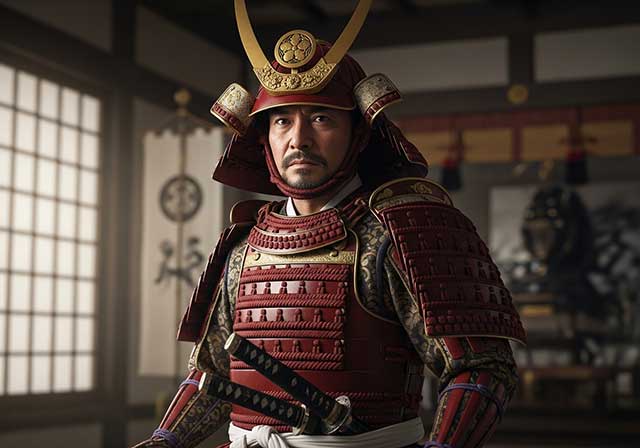
Masakage was one of Takeda Shingen’s most loyal and capable commanders. He was included in the famous list of the “Twenty-Four Generals of Takeda Shingen” and also belonged to the inner circle of four especially trusted warlords known as the Shitennō.
-
Yagyu Munenori
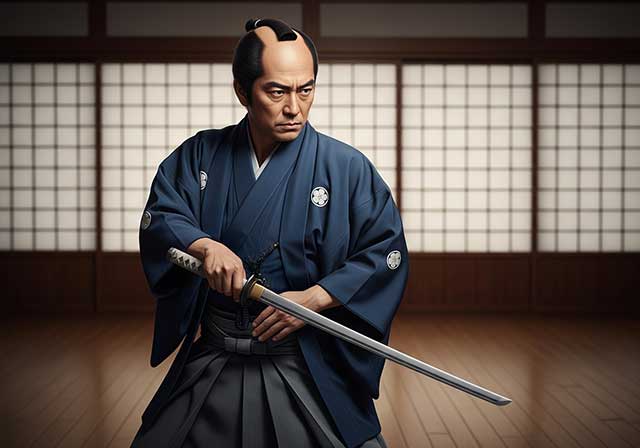
Yagyū Munenori began his service under Tokugawa Ieyasu while his father, Yagyū Muneyoshi, was still at his side. In 1600, Munenori took part in the decisive Battle of Sekigahara. As early as 1601, he was appointed a kenjutsu instructor to Tokugawa Hidetada, Ieyasu’s son, who later became the second shogun of the Tokugawa clan.
-
Yagyu Muneyoshi
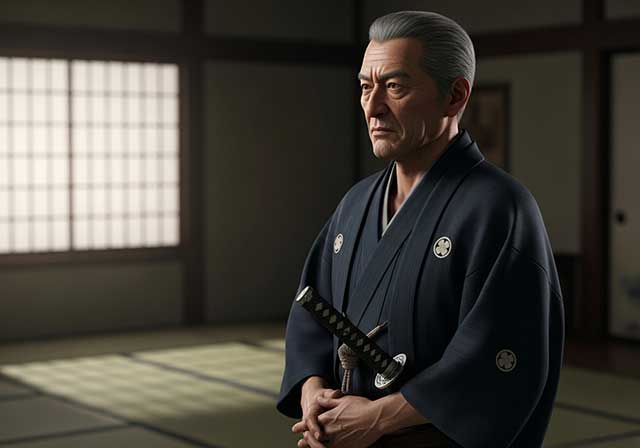
A samurai from Yamato Province, he was born into a family that had been defeated in its struggle against the Tsutsui clan. Muneyoshi first took part in battle at the age of sixteen. Due to circumstances beyond his control, he was forced to enter the service of the Tsutsui house and later served Miyoshi Tōkei. He subsequently came under the command of Matsunaga Hisahide and in time became a vassal first of Oda and later of Toyotomi.
-
Endo Naozune
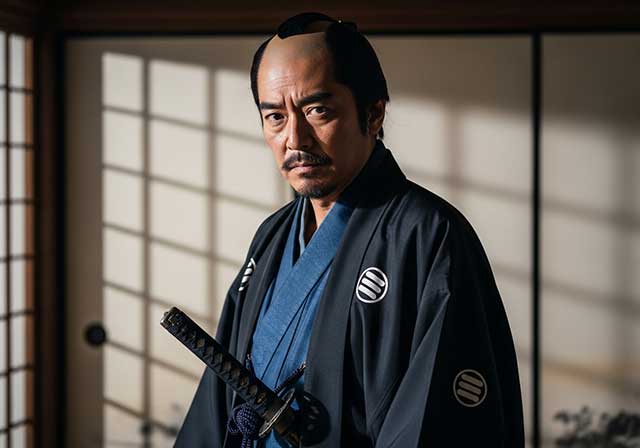
Naozune served under Azai Nagamasa and was one of the clan’s leading vassals, renowned for his bravery and determination. He accompanied Nagamasa during his first meeting with Oda Nobunaga and at that time asked for permission to kill Nobunaga, fearing him as an extremely dangerous man; however, Nagamasa did not grant this request.
-
Hosokawa Sumimoto
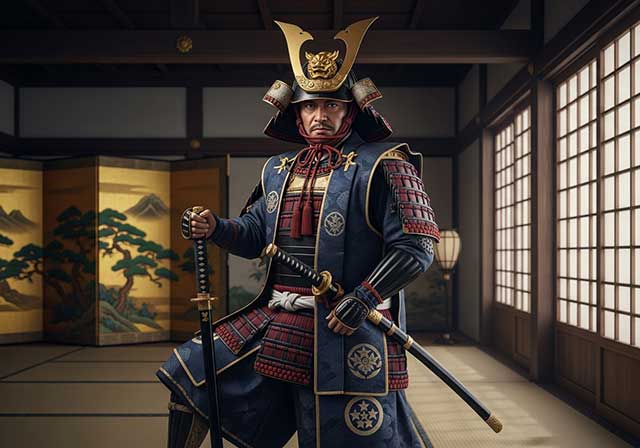
Sumimoto came from the Hosokawa clan: he was the biological son of Hosokawa Yoshiharu and at the same time the adopted son of Hosokawa Masamoto, the heir of Hosokawa Katsumoto, one of the principal instigators of the Ōnin War. Masamoto was homosexual, never married, and had no children of his own. At first he adopted Sumiyuki, a scion of the aristocratic Kujō family, but this choice provoked dissatisfaction and sharp criticism from the senior vassals of the Hosokawa house. As a result, Masamoto changed his decision and proclaimed Sumimoto as his heir, a representative of a collateral branch of the Hosokawa clan that had long been based in Awa Province on the island of Shikoku. Almost immediately after this, the boy became entangled in a complex and bitter web of political intrigue.
-
Honda Masanobu
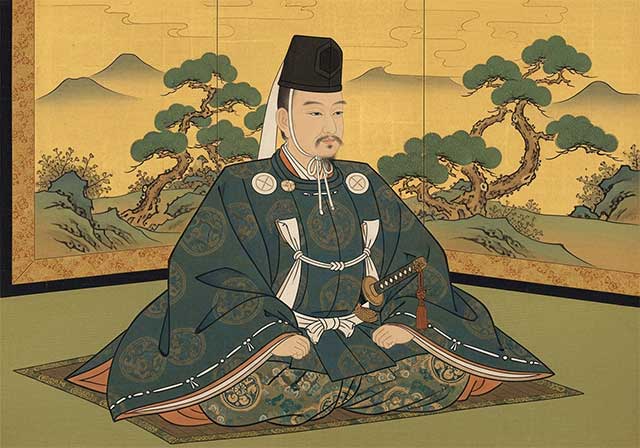
Masanobu initially belonged to the retinue of Tokugawa Ieyasu, but later entered the service of Sakai Shōgen, a daimyo and priest from Ueno. This shift automatically made him an enemy of Ieyasu, who was engaged in conflict with the Ikkō-ikki movement in Mikawa Province. After the Ikkō-ikki were defeated in 1564, Masanobu was forced to flee, but in time he returned and once again entered Ieyasu’s service. He did not gain fame as a military commander due to a wound sustained in his youth; nevertheless, over the following fifty years he consistently remained loyal to Ieyasu.
-
Honda Masazumi
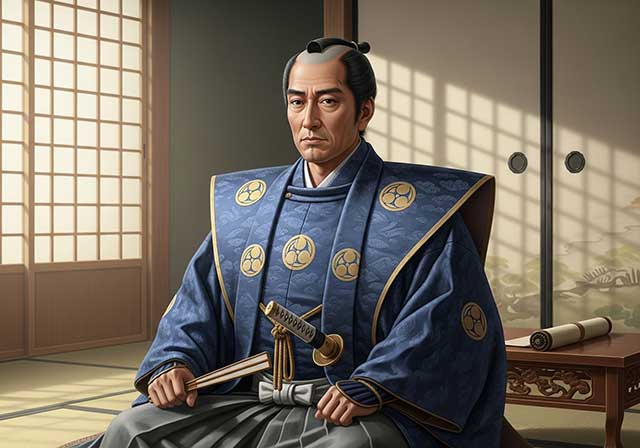
Masazumi was the eldest son of Honda Masanobu. From a young age, he served Tokugawa Ieyasu alongside his father, taking part in the affairs of the Tokugawa house and gradually gaining experience in both military and administrative matters. At the decisive Battle of Sekigahara in 1600, Masazumi was part of the core Tokugawa forces, a clear sign of the high level of trust Ieyasu placed in him. After the campaign ended, he was given a highly sensitive assignment—serving in the guard of the defeated Ishida Mitsunari, one of Tokugawa’s principal enemies—an obligation that required exceptional reliability and caution.
-
Hojo Shigetoki
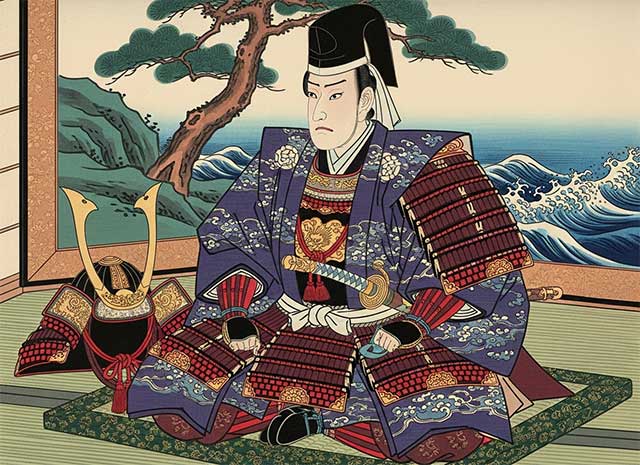
Hōjō Shigetoki, the third son of Hōjō Yoshitoki, was still very young—only five years old—when his grandfather Tokimasa became the first member of the Hōjō clan to assume the position of shogunal regent.

